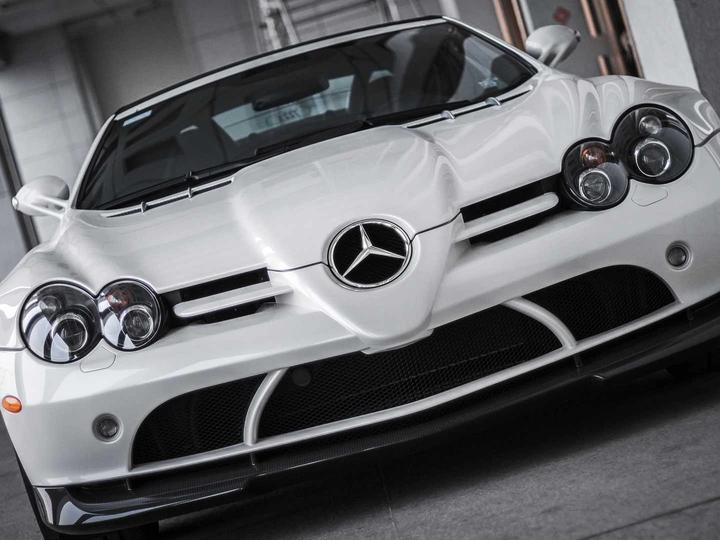New BMW X5 M and X6 M
Well, they have done it. BMW has decided that what they really need to do is to stick the M nameplate and performance bits on several of their X-series SUVs. We are living in difficult times, as if you need me to tell you, or if you need further evidence, then look no further.
Seriously BMW, this is what you decided to do? Not do something like make an M version of that tossable little 1-series, you had to fiddle with SUVs. OK, fine ... what’s the deal?
OK, so what’s so special? Why should I not look upon these latest SUV iterations with contempt?
” ... the twin-turbocharged 555hp V8 engine heralds the launch of the most powerful road-going M car the company has ever launched.”
Oh! OK, that might ameliorate some of my animosity, but not really. Still, a triple-nickel worth of power does compensate for a bunch of other failings. To be more specific, when stuffed into either the X5 or the X6, said twin turbo mill cranks out numbers like this:
555 Hp at 6,000 RPM, 680 Nm of torque at 1,500 RPM, zero – 62mph 4.7 seconds and a top speed of 155 MPH (sadly it’s electronically-limited).
OK, those are pretty impressive numbers. Hard to argue with that.
Here’s an interesting, and somewhat worrying tidbit about the engine architecture:

” ... both the turbochargers and the catalytic converter are located within the vee of the powerplant. This arrangement results in an engine that breathes better and operates at a higher efficiency due to the shorter exit manifold. It also results in better packaging as the unit is more compact. ”
Yeah, that’s right. All that stuff is true, but it still worries me. Why? Thermal loading, that’s why.
Ferrari tried the same packaging solution with its F1 cars back at the dawn of the turbo era. Made for a neat little power unit; small, easy to drop right in, all of the logical reasons that BMW mentions. Turns out it was a reliability, maintenance and thermal nightmare. The heat buildup between the cylinders was just too much. Various alloys would distort and bend under the loading ... and the plumbing? Don’t even ask. Yes, on the upside, turbo lag was essentially gone, and that was a good thing.
Who knows, maybe BMW has worked these things out, and maybe those aren’t that big of a problem in a road car (you know, more room and all that), but only time will tell. But it still worries me.
Both of the new M-badged Xs get new trannys. Dubbed the M Sport Automatic transmission, it features an electronic management system that has been fine tuned to cater for the sporting demands of the vehicles. It comes with three selectable modes, a Drive mode, a Sports mode and a Manual mode that the driver can choose from depending on mood and prevailing road and traffic conditions. There’s also a Dynamic Performance Control on both vehicles, which is a new style of differential, that diverts power to the driven wheels rather than brakes the spinning wheel.
There’s also Electronic Damper Controls, Head-Up Displays, Dynamic Stability Control settings, a Servotronic steering system, an M Drive Manager (a menu system that lets the driver tailor the car\’s characteristics) and more bells, whistles, blinking lights, and technology than Werner von Braun could deal with.
The new BMW X5 M and X6 M will be in showrooms, and suburbs, soon.
Here is the BMW press release:
-
Latest
 2010 Ferrari 420 Dino-final confirmation
2010 Ferrari 420 Dino-final confirmationFinally! We got news that Ferrari does indeed plan to create the Dino concept car that has been spying on recently. Unfortunately, there are not many confirmed details, but we do have some generally a...
-
Next
 Mercedes maintenance costs: how much will you pay? (2021)
Mercedes maintenance costs: how much will you pay? (2021)Mercedes's repair costs are higher than the industry average.Drivers should budget between $600 and $1,200 annually for Mercedes repairs and maintenance.An extended auto warranty can help lower owners...
